While much of the world puts away its holiday decorations after December 25th, the Christmas season in Spain, particularly on the Costa Blanca, culminates in a joyous, magical festival on January 6th: El Dia de Reyes Magos, also known as Three Kings’ Day or Epiphany. For Spanish children, this is the most anticipated day of the year because it is traditionally when they receive their gifts from the Three Wise Men: Melchior, Caspar, and Balthazar.
The celebration is a vibrant blend of religious reverence, spectacular public parades, and beloved family traditions that are unique to this stretch of the Mediterranean coast.
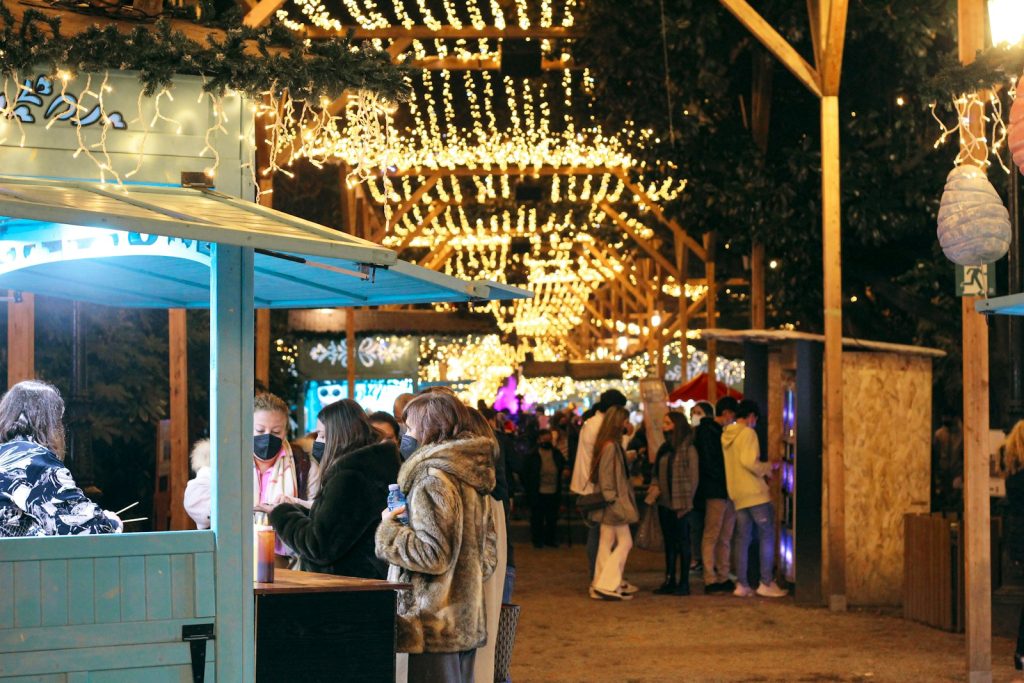
The Magic Eve: January 5th – La Cabalgata
The excitement truly begins on the evening of January 5th with the Cabalgata de Reyes Magos. Every town and city transforms its main streets for a festive cavalcade.
The Maritime Arrival: The Costa Blanca has a strong nautical tradition. In coastal towns such as Alicante City, Javea, Denia, and Moraira, kings frequently make a dramatic, symbolic entrance by boat into the port before stepping ashore to greet the crowds, symbolising their long journey from the East.
The Candy Shower: As the kings ride through the streets on magnificent, elaborately decorated floats, they and their pages toss thousands of kilos of candy to the delighted children lining the route. Collecting the maximum number of sweets is a favourite part of the evening.
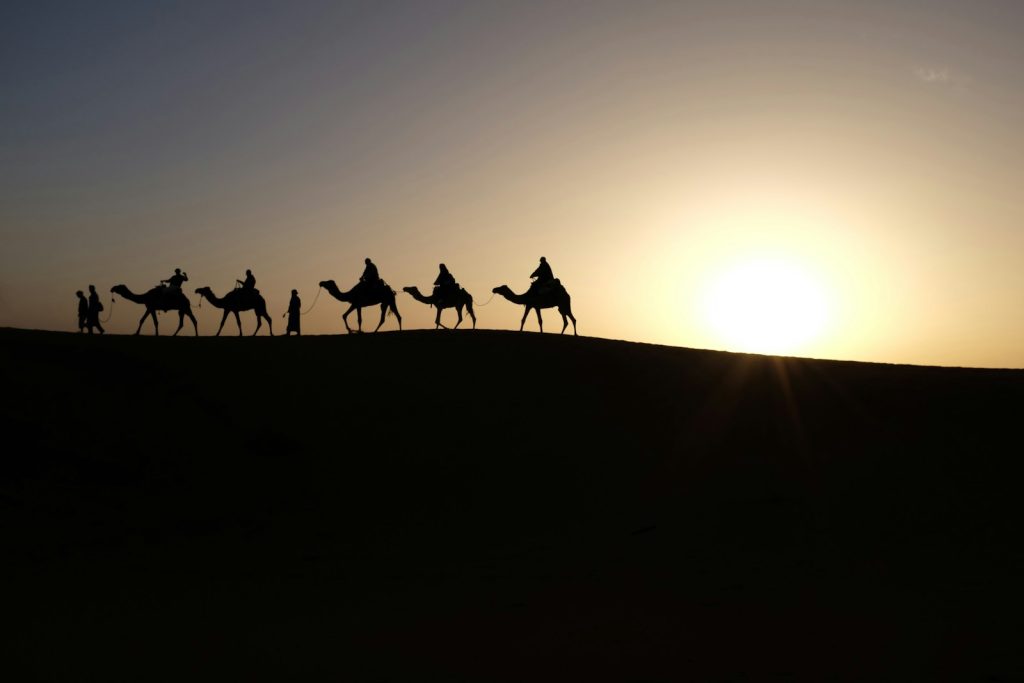
Unique Costa Blanca Spectacles
Some of Spain’s most distinctive “Cabalgatas” can be found in the province of Alicante.
Alocy: The Oldest and Most Unique – The parade in Alcoy is Spain’s oldest (dating back to 1885) and features a spectacular twist. The King’s pages, known as els negres, use long, red wooden ladders to climb up to the balconies and windows of houses and personally deliver gifts to the children waiting inside. This brings a truly magical and personal touch to the evening.
Gata de Gorgos: The Living Mystery – Before the parade begins, this town hosts the Misteri de Reis, a full-scale theatrical reenactment of the biblical story, complete with King Herod’s palace and the adoration of the Baby Jesus.
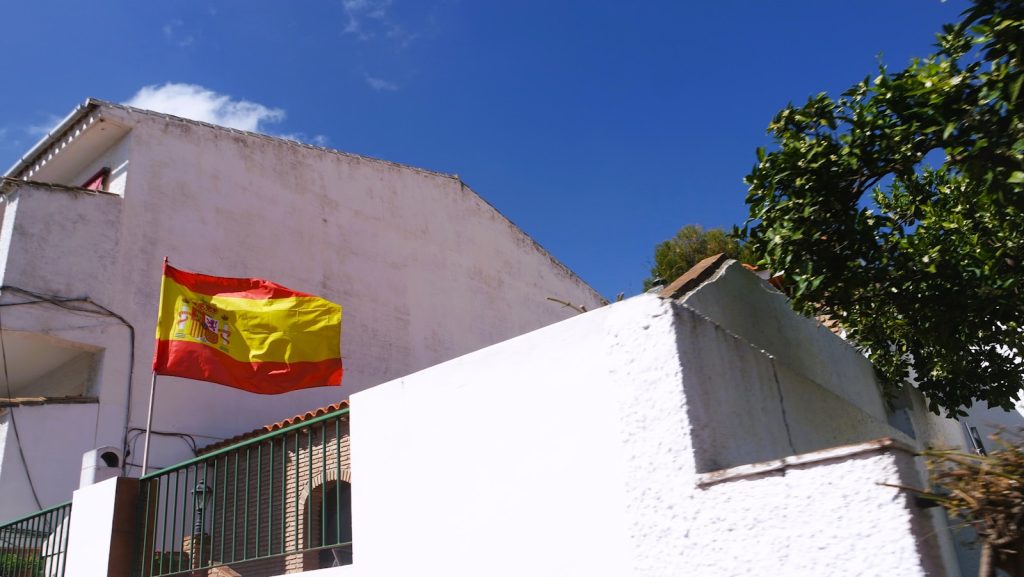
The Grand Day: January 6th – Gift Giving and Feast
Following the parade, the atmosphere becomes quieter but no less magical.
Preparing the Gifts: Before going to bed, children place their clean shoes outside the door, near a window, or under the Christmas tree. They also leave refreshments (typically water, milk, or a treat) for the exhausted kings and their camels.
The Morning Surprise: On January 6th, the children awaken to find their shoes filled with the gifts they had requested in their letters. If a child has been naughty, tradition says they may be given a lump of (sweetened, edible) coal as a gentle warning!
Family Feast and Roscon de Reyes: The rest of the national holiday is spent with family reunions and a celebratory meal. The centrepiece of this day is the Roscon de Reyes (King’s ring/cake).
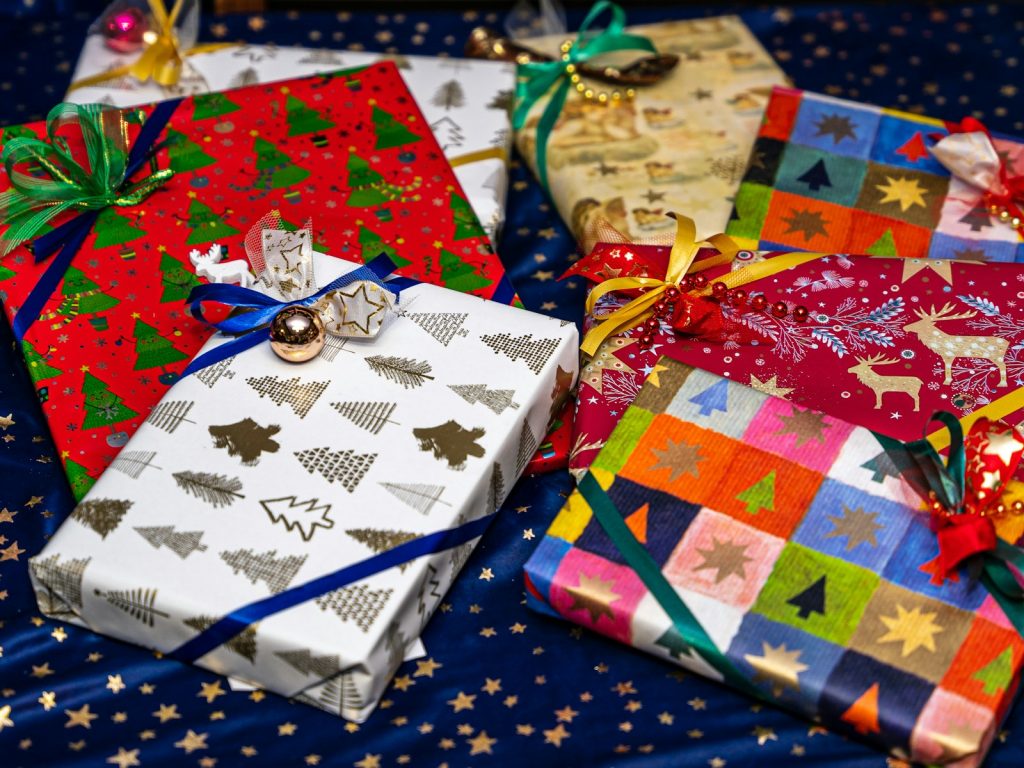
The Roscon: A Game of Chance
The Roscon de Reyes is a large ring-shaped sweet bread that is typically flavoured with orange blossom water and adorned with candied fruits (representing the jewels on a crown), and is frequently filled with cream.
The roscón contains two hidden surprises:
The figurine (El Rey) A small figurine, usually depicting a king or baby Jesus. The person who finds the figurine in their slice is crowned King or Queen for the day and wears the paper crown provided with the cake.
The Bean (El Haba) A dried fava bean. The unlucky person who discovers the bean is traditionally required to pay for the roscón the following year!
The Dia de Reyes on the Costa Blanca is more than just a holiday; it’s a heartfelt finale to the Spanish holiday season, combining religious history with one-of-a-kind regional spectacles that leave an indelible impression on people of all generations.

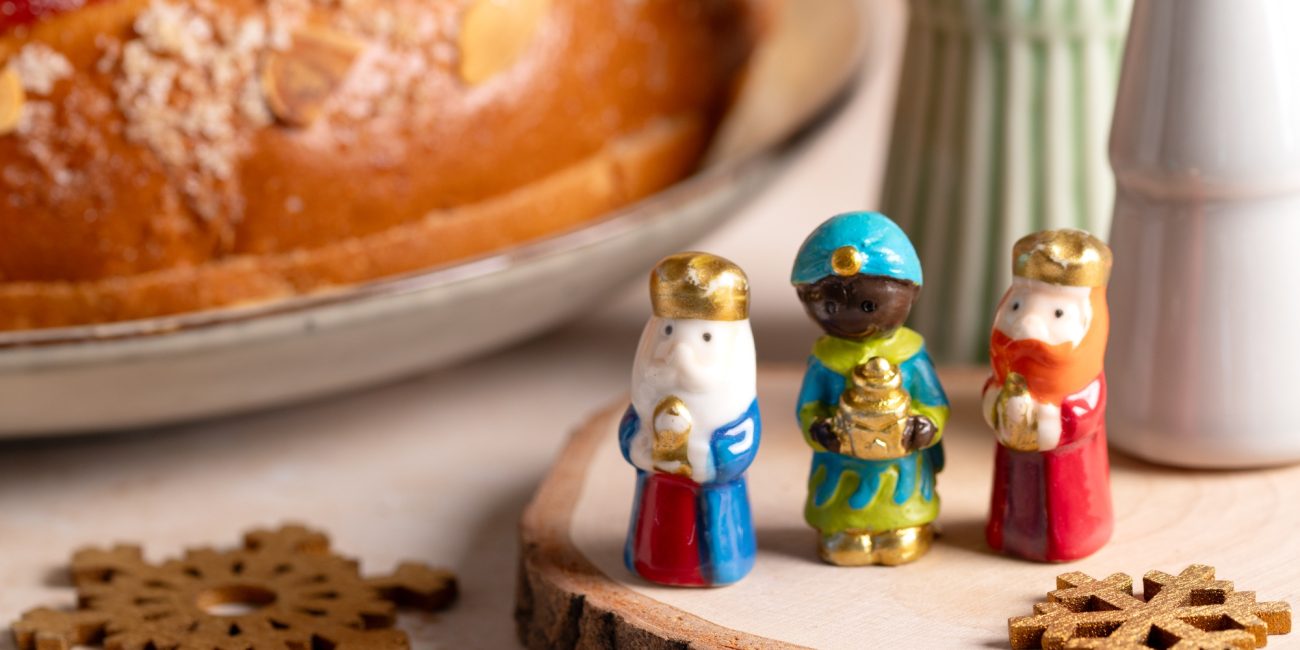

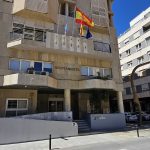


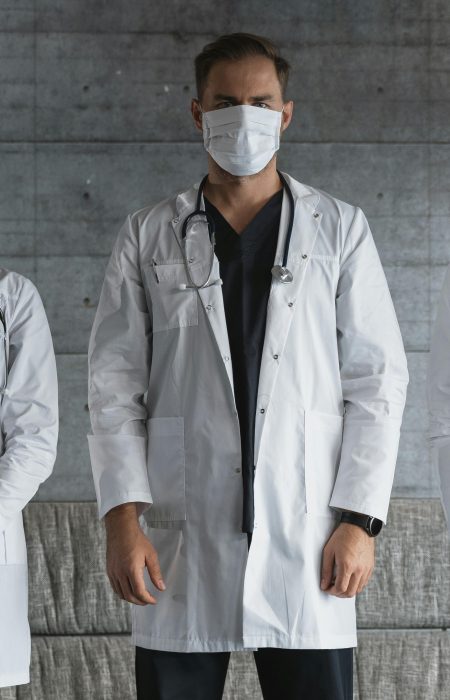
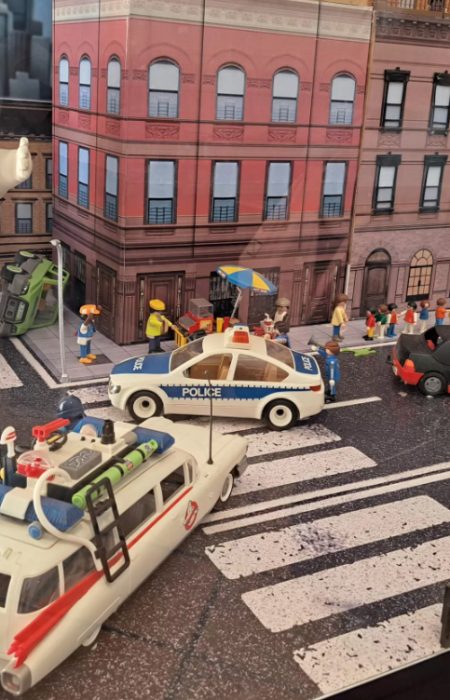
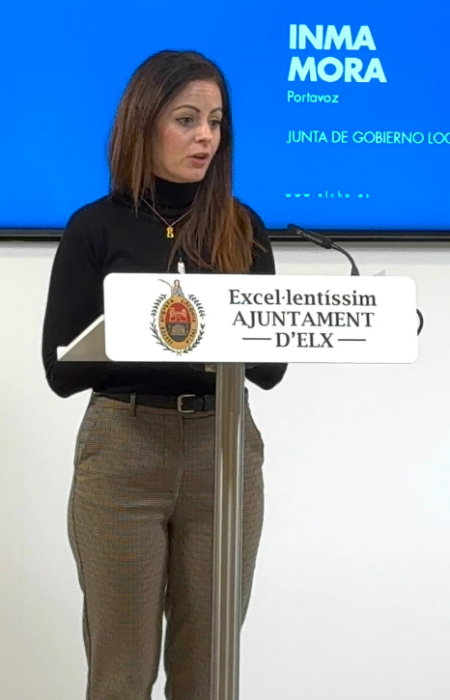
No Comment! Be the first one.